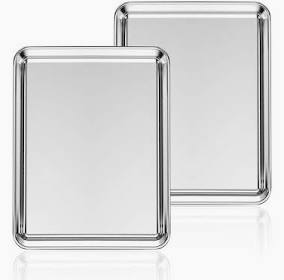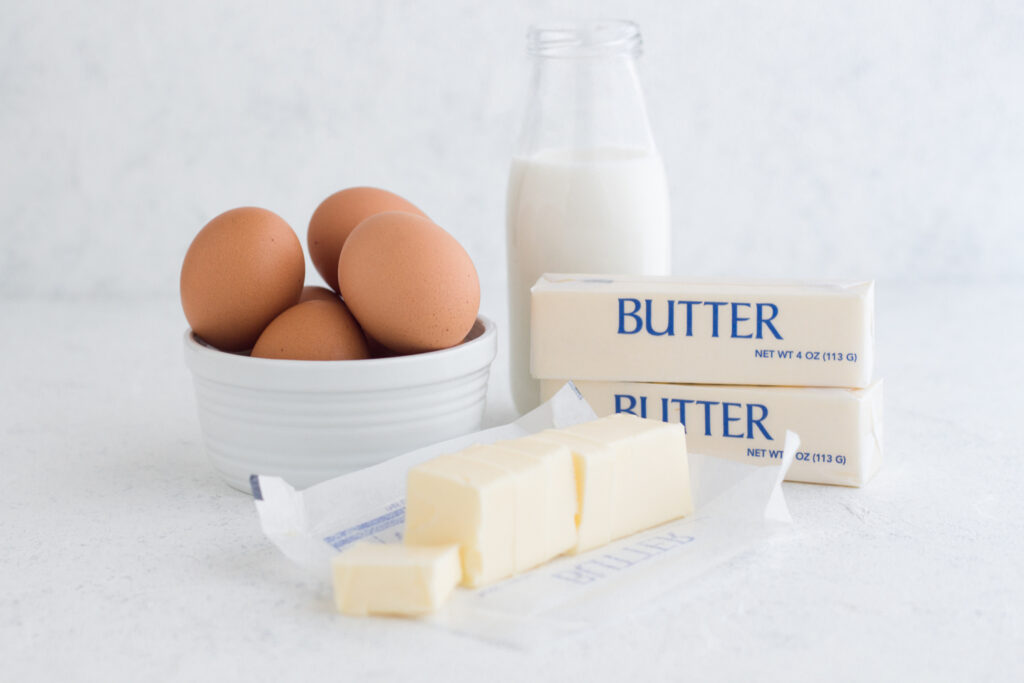Baking Perfect Cookies: Why You Should Never Use a Hot Cookie Sheet
If you’ve ever found yourself baking batch after batch of cookies, you might have thought, Why not just reuse the hot cookie sheet? While it seems like a time-saver, this common mistake can quickly ruin your cookie-baking experience. Recently I have been trying out so many new recipes (some of my favorites from The Food Charlatan and Krolls Korner) and trying to work quickly and I have run into problems! I have really discovered that baking cookies is as much about technique as it is about the ingredients, and using a hot cookie sheet can completely alter the outcome. Let’s explore why you should avoid this misstep, how to create the perfect chewy cookies, and some expert tips I have discovered through trial and error to achieve bakery-style results every time.
The Problem with Using a Hot Cookie Sheet

When you place cookie dough on a hot cookie sheet, the dough begins to melt before it even makes it into the oven. This leads to:
- Uneven Spreading: The butter or fat in the dough starts to melt too quickly, causing the cookies to spread too thin. Instead of soft and chewy cookies, you’ll end up with flat, crispy ones.
- Texture Issues: The quick melting disrupts the chemical reactions in the dough, which can affect the rise and overall texture of your cookies.
- Baking Inconsistencies: A hot cookie sheet can make it difficult to achieve even baking. The edges may brown too quickly while the center remains undercooked.
To avoid these issues, always allow your cookie sheet to cool completely before adding a new batch of dough. If you’re in a hurry, you can rinse the hot sheet under cool water and dry it thoroughly before reusing it.
How to Make the Best Chewy Cookies

Creating perfectly chewy cookies comes down to the right balance of ingredients, technique, and baking time. Here are some tips to help you achieve that soft, bakery-style texture:
- Use Room-Temperature Ingredients: Allow your butter and eggs to come to room temperature before mixing. This helps create a smooth, consistent dough.
- Add Moisture: Brown sugar contains more moisture than white sugar, so use more brown sugar in your recipe for added chewiness. A touch of honey or corn syrup can also help.
- Chill the Dough: Refrigerate your dough for at least 30 minutes before baking. Chilling helps prevent excessive spreading and allows the flavors to develop.
- Don’t Overmix: Overmixing your dough can lead to dense, tough cookies. Mix just until the ingredients are combined.
- Underbake Slightly: Remove your cookies from the oven when the edges are set, but the center still looks slightly underdone. They’ll continue to bake on the hot cookie sheet after being removed from the oven.
Tips for Achieving Bakery-Style Cookies
If you want your cookies to look and taste like they came from a high-end bakery, follow these additional tips:
- Use Quality Ingredients: High-quality butter, vanilla extract, and chocolate chips can make all the difference in flavor.
- Portion Dough Evenly: Use a cookie scoop to ensure all your cookies are the same size. This helps them bake evenly.
- Line Your Baking Sheet: Use parchment paper or a silicone baking mat to prevent sticking and promote even browning.
- Bake in Batches: Only bake one sheet at a time in the center of the oven. This ensures even heat distribution and consistent results.
- Rotate the Pan: If your cookies are baking unevenly, rotate the baking sheet halfway through the bake time.
- Add a Finishing Touch: Sprinkle a pinch of flaky sea salt on top of your cookies before baking. It enhances the flavor and gives them a professional touch.
The Science of Baking Cookies
Baking is a science, and even small tweaks can lead to big differences. Here’s a quick rundown of how the ingredients contribute to the perfect cookie:
- Butter: Adds flavor and tenderness. Melted butter creates a denser cookie, while softened butter gives you a fluffier texture.
- Sugar: White sugar adds crispness, while brown sugar contributes moisture and chewiness.
- Eggs: Provide structure and richness. Adding an extra egg yolk can make cookies softer and chewier.
- Flour: The type of flour you use (all-purpose, bread, or pastry) affects the cookie’s texture. All-purpose is the most versatile.
- Baking Soda or Powder: These leavening agents create lift and spread, so use them wisely depending on your desired outcome.
The Key to Success: Patience and Precision

Perfect cookies aren’t about shortcuts—they’re about patience and precision. Letting your cookie sheet cool, chilling the dough, and following baking best practices can elevate your cookies from homemade to professional quality.
So, next time you’re in the kitchen, take a moment to let that cookie sheet cool down, focus on the details, and enjoy the process. Your reward? Soft, chewy cookies that everyone will rave about!
What’s your secret to making the perfect cookie? Share your tips in the comments below!
Happy Baking!
Check out some of my favorite baking recipes here.
**This post may contain affiliate links, this means I make a small commission at no extra cost to you**